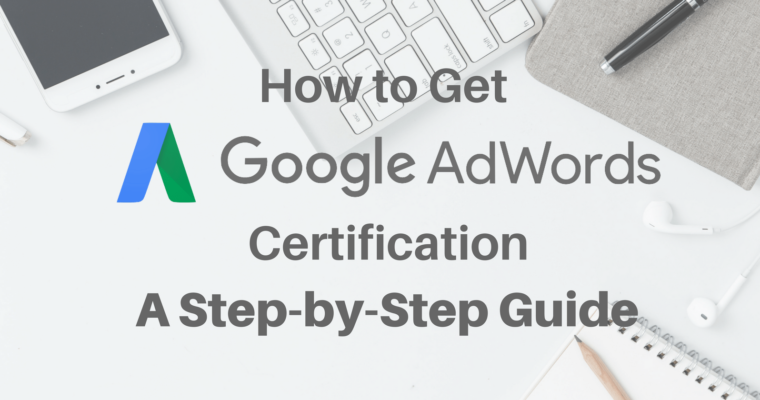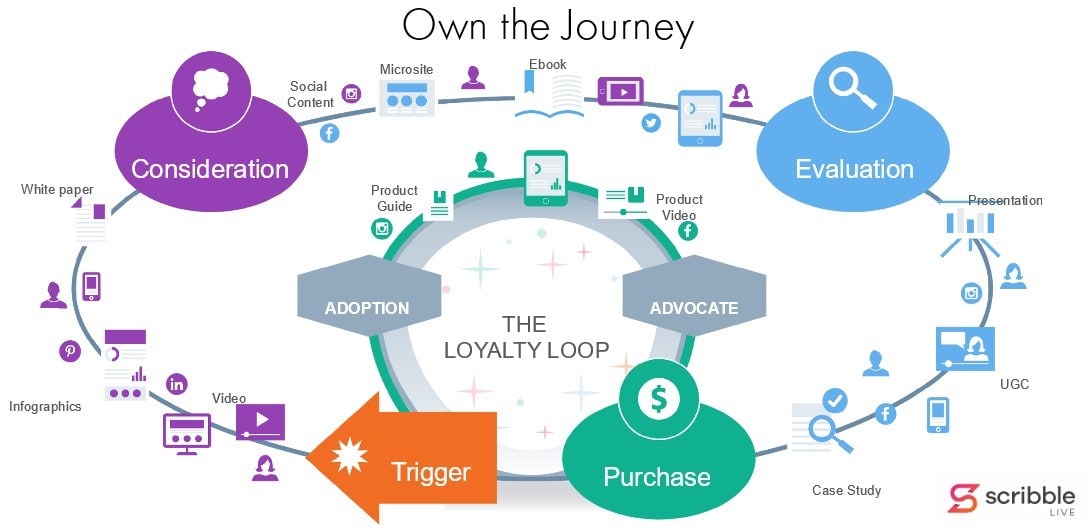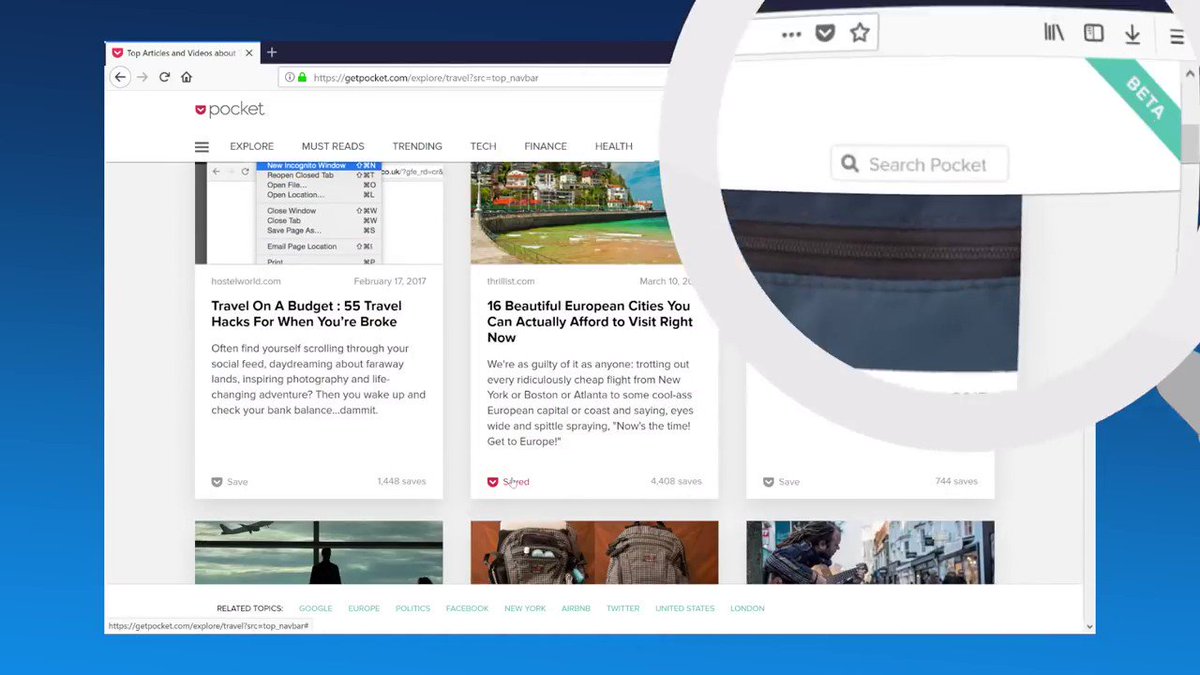
Seems like yesterday that I was writing about
SEO in 2017.
Now, 2018 is near. Are the rules changing much? Sort of. But, the
fundamentals are staying the same. You still can't game the system. You
can't take shortcuts or cut corners. If you want to absolutely crush the
SEO game in 2018, you need to put in the work.
The truth? Understanding
search engine optimization takes time. With hundreds of rules to
Google's
algorithm, it's no wonder it's so confusing. But, to stay ahead of the
proverbial curve with SEO in 2018, you simply need to put in the time
and the effort to deliver real value. Not try use shady tactics. No.
Real value.
What exactly does that mean? Well, in order to
properly convey the underlying rules to you, let's start with a story.
Let's pretend you just opened up a new business and you walk into a
bank. You sit down with the banker and explain your fantastic business
model. You even show him a dazzling
business plan.
You
explain that you're selling the latest widget, designed to impress even
the most discerning customers in the XYZ industry. Yes, it's the
greatest thing since sliced bread. You tell the banker you need a loan
for a million dollars. He stares at you blankly. Then, after a long and
unnerving pause, he asks you for the last two to three years of
financials.
Financials? What financials? We're just going into
business, you think to yourself. We don't have financials. We're just
starting out. This
is the latest thing since sliced bread. Don't
you want to be a part of it? Another blank stare. This time, he shakes
his head, stares down at the piece of paper you gave him, stands up,
shakes your hand and sees you to the door.
The
moral of this story? Most people who are trying to gain results with
SEO in 2018 are just starting out. They've recently registered a website
and are attempting to rank for some big and very competitive keyword.
After about six months of trying everything under the sun, they throw in
the towel and turn to paid ads.
Sure. Paid ads are great. Building a
sales funnel and using ads on
Facebook, Google or YouTube is quite possibly the
fastest way you can make money
online and present your offer to droves of customers looking to buy
exactly what you're selling. But, there are lots of variables and
metrics involved in doing that. For most people, it feels like flushing
their
money down the toilet. And for good reason.
But,
what if you could get that same offer in front of people for free? Test
things out, then scale using paid ads. That's specifically what SEO can
do for you in 2018, or, frankly, in any year for that matter. So how
does this work? What are the rules for absolutely crushing the
competition and dominating Google (or any other search engine's) search
results?
The three Pillars of SEO
Before you get into the nitty gritty
of the specific rules or strategies to use when doing SEO, you have to
understand the three pillars. If we go way back to the very beginnings
of Google's search algorithms, we discover something called PageRank. If
you'll recall, PageRank was the original algorithm that Google's search
engine was built upon.
It
scoured the web by moving around from link to link. It ultimately
discovered the entire internet by spidering around on the so-called
virtual web. The more links going to a specific page it found, the more
importance or relevance it would attribute to that specific page. More
links and more relevancy meant higher rank.
Now, things have
definitely changed since those days. It isn't just about links today.
Sure, people will tell you it's all about links. But, before getting
into the technical details, you need to understand the three pillars
that make SEO tick. You can consider these to be the fundamental driving
principles. I've been teaching this since 2013, and although the rules
have changed, the pillars have stayed the same.
1. Authority
Authority relates to the quality and volume of
links created over time. The more authority a website has, the more link
juice it can pass on. You can assess authority through tools like the
MozBar or
SEMRush.
The Domain Authority (DA) and Domain Score (DS) are two ways that these
companies quantify the amount of authority a domain has. However, no
score will be real-time and any changes or improvements to your SEO
could potentially take weeks or months to see its results.
2. Content
The
content of a site is crucial when it comes to ranking in 2018. In fact,
the importance of this has increased dramatically over time. Gone are
the days of spinning content and using software to generate low-quality,
content-farm-esque prose. Today, your content has to be excellent. It
has to add value and engage the visitor. The more engagement, the more
users will share that content, and in turn, the better it will rank.
Invest heavily in your content and it will pay off in spades.
3. Indexed Age
The
third and final pillar of SEO is the indexed age. Age does matter.
While other factors can certainly trump age, in the very beginning, it's
important that you create a great track record with your domain's
content and the quality of the links pointing to that content. This
happens over time. You can't rush it. The indexed age simply refers to
the original date that Google discovered the site or the content itself.
15 Rules for SEO in 2018
If
you're looking to dominate SEO in 2018, then there are loads of rules,
but 15 stand out in particular. Be sure to pay homage to these rules if
you're looking to dominate the SERPs.
1. Assess your page speed and improve where necessary.
Use Google's
Page Speed Insights
to determine the areas of improvement required for your domain. By
considerably increasing your site's page speed, you can vastly improve
your potential visibility. You can also use tools like
Pingdom,
GTMetrix and
Varvy. Here are the areas you should be looking to improve with any page speed enhancement:
- Reduce the server's response time to requests
- Eliminate render-blocking CSS and JavaScript above the website fold
- Leverage browser caching to enhance speeds of page elements being served up
- Minify your JavaScript , CSS and HTML where possible
- Enable compressions like GZip
- Optimize all images with loss-less image optimizers like Compressor.io
2. Use a CDN for your domain and DNS when possible to quickly serve your content.
Utilizing content-deliver networks (CDNs) like Amazon's
Cloudfront is crucial to being able to quickly serve your content to
users no matter where they're located. CDNs spread your content across
multiple servers all around the world by mirroring it, then serving that
content from the closest server to the visitor.
You should also consider moving your DNS to a CloudFlare
or similar configuration that will help with DNS propagation times.
Often, DNS propagation can lag depending on who the registrar is and
where their servers are located versus where the DNS request is coming
from.
3. Build useful content that adds value.
Create
great content. Always. And don't try to take shortcuts when doing it.
Google's ability to sniff out great content is getting better and better
with each passing month. Don't try to game the system here. Actually go
out of your way to make great content. When you do, it'll reflect on
your site and the traffic will increase. Great content will engage
visitors and will invite them to share it. Overall, focus on these
elements when building your content:
- Never write content less than 2,000 words if you can avoid it
- Create a healthy link profile both with internal links and relevant outbound links
- Cite all your sources and back up facts with statics and studies
- Section off your content and make it easy to read
- Ensure that you place relevant, high-quality images as your primary photo
- Utilize a healthy keyword usage but don't overuse or stuff keywords
- Build content that's instructional and helps solve a problem
- Write your content for humans by making it sound natural and organic while also paying homage to search engines
4. Ensure mobile responsiveness and usability across devices.
Mobile searches are far outpacing desktop searches today. Focus on mobile responsiveness and usability. According to Search Engine Land,
mobile searches were at nearly 60 percent of all searches in 2016. Take
the time to ensure your site is optimized for mobile devices and can be
easily used across all platforms by implementing a CSS library like Bootstrap or building out your own.
5. Focus on enhancing the user experience.
Create
a great user experience. That means, make your site easy to use. Make
it easy to navigate. Make it easy to search for and discover the right
type of content. Here are a few suggestions:
- Use breadcrumbs in your navigation
- Implement a fast site search
- Don't make your website too graphic-rich
- Make the main menu easy to use
- Categorize all your content using tags or categorizes
- Avoid using too many pop-ups
6. Supplement content with videos, audios or podcasts to increase engagements.
Site
engagement is huge. Google is acutely concerned with the amount of time
that users spend on your website. Thus, when you build useful and
engaging content, people want to stick around longer. Now, you clearly
need to leverage words and long-form content here. But, you should also
supplement that content with videos, audios and podcasts as well. This
will increase your average page times and session times.
7. Utilize Latent-Semantic Indexing for keyword diversity.
Latent-Semantic Indexing (LSI) is a core
technology
that Google uses in its Hummingbird search, which is its current
iteration of semantic-style searching. LSI allows Google to serve
relevant content by understanding what the user is searching for rather
than trying to return back content based specifically on the keyword
itself. LSI is also just a fancy way of saying the same thing in another
way.
For example, "make
money
online" could be said in a number of ways like "generate cash on the
internet" or "earn an income on the web" and so on. Google knows it's
the same keyword. Utilize this for all your content. This will allow you
to create organic and natural-sounding prose without having it appear
keyword-stuffed.
8. Create relevant outbound links in your content.
Outbound
links are important. Don't worry about sculpting them with nofollow or
dofollow links. Simply create relevant links within the content so that
people can continue on in their discovery journeys. Always have at least
two to three relevant outbound links within every piece of content you
create.
Related: 21 Ways to Market Your Business Online
9. Focus on quality over quantity of links.
The
quality of your links is far more important than the quantity of them.
When building links to your content, don't go for mass numbers. Target
the highest quality domains and ensure that those links are created
naturally and organically. That should always be your goal and your aim.
Think "white hat" and not "black hat" here.
10. Always market your content by leveraging trusted domains.
When
I build content, even when I build it on trusted domains, I always
market that content using other authority sites. No matter where you
create that content, building content to market it is the key to winning
SEO in 2018, or any other year for that matter. Simply create other
useful pieces of content on authority sites like Quora,
LinkedIn Publishing and Medium, for instance, with a single link pointing to the original piece of anchor content.
11. Do not overuse ads above the fold.
Be careful of how much
ad usage you have above the fold. At the end of the day, you don't want
the large part of the header being taken up by ads. This is going to
detract from the user's experience and Google specifically doesn't like
this. Also, too many ads served from too many ad platforms is going to
naturally slow down your site. Keep it to a bare minimum.
12. Create ungated super-guides with clear calls-to action.
Roland Frasier, one of the most respected names in the online
marketing
field, says that his company, Digital Marketer, is focusing on building
ungated super-guides. Super guides are simply pieces of content that
are massive value posts (MVPs) and drive such an enormous amount of
engagement and shares that they help to catapult a domain into the
stratosphere.
13. Do not try to do anything deceptive or sneaky.
Forget
about doing anything that's deceptive or sneaky and focus on adding
value. Don't try to redirect users or trick search engines by cloaking
content. If you're serious about winning the game of SEO, whether it's
in 2018 or any other near, you have to stay away from tactics like this.
You'll lose Google's trust and the trust of any visitor coming to your
website if you try these shady tactics.
14. Leverage social media to build viral content that links back to your domain.
Social
media can certainly drive a tremendous amount of user traffic when done
right. Leverage social media to build viral content that's not
business-focused, but rather adds some sort of value, whether it's
entertainment value or informational value in one way or another.
15. Solicit influencers in your niche to help you supercharge your results.
Target influencers to help push your content out there. Whether it's through
Instagram
or Facebook, there are plenty of influencers out there who can help
champion your cause. It can help you reach a large audience, especially
in the very beginning, and to help you get the word out there.
Reference:
https://www.entrepreneur.com/article/303427




























